Atherton Tableland – Volcanic Landscape, Agriculture and Platypus
Southwest of Cairns is the heart of the Tableland shaped by active volcanoes erupting only 10,000 years ago. The red, iron rich soils support pasture lands and speciality agricultural crops such as mango, banana, avocado, melons, peanuts and more. The Tableland is about 1000 feet above sea level resulting in temperatures that are four to five degrees cooler than Cairns; moderate evenings (20 – 22 degrees) and warm days (28 – 30 degrees), hotter in direct sunlight. The eroding landscape and moderate rainfall combine to produce ideal conditions for waterfalls. There are enough of them that in the Wet Season a driving tour called the Waterfall Circuit is a major attraction in the tableland. In the dry season the waterfalls become water trickles.
Here Sher and I took advantage of an introduction by a Nanaimo friend to a couple who live in Yungaburra in the southern Tableland. After contacting them by email we immediately got an invitation for a two day visit, including an overnight, for a guided tour of the Tableland. We had never met these people before and were surprised and pleased by their generosity. We accepted. They were great hosts and tour guides. In two days and one evening we were guided through agricultural lands, viewpoints and vistas, a tea plantation, two volcanic lakes that are now parks, a unique monument to fallen soldiers (diggers) in Afghanistan, and to excellent sightings of platypus and tree kangaroos.
The two volcanic lakes, Lake Barrine and Lake Eacham are fresh water lakes filling old volcanic craters. The Lake Barrine Rainforest Teahouse serves up a very passable Devonshire tea (which we enjoyed with flat white and latte coffees) from a lovely outdoor deck overlooking the lake and the bird life. Lake Barrine is home to a couple of the largest kauri pine still standing in the Tableland. This ancient pine was especially sought by timber getters because a mature tree has a large trunk that rises over 90 feet before sprouting any branches, perfect for lumber production. In earlier days it was sought by the Royal British Navy for mainmasts on naval vessels.
Lake Eacham is home to saw shell turtles (so named because of the shape of the edge of their shells) and two interesting fish, the archer and the almighty mouth. The archer fish can accurately squirt a stream of water a good foot above the surface of the water and knock an insect off a leaf and into the water where it is quickly consumed. It has specialized eyes that are split into two halves, one half for viewing above the water and the other half for clearly viewing the watery world. The almighty mouth is well named as it will eat anything that it can swallow making it a formidable predator; it's a good thing they are small fish about the size of small koi or sucker.
The landscape is romantically pastoral, gently rolling, punctuated by old volcanic cones. The road followed the valleys and emerged on hilltops giving great views of cattle grazing, small forested areas and cultivated land – a very human scale landscape.
One of the farms we visited is the Nerada Tea Farm, an impressive operation that is the largest tea producer in Australia. We ordered lunch and of course sampled white, dark and other types of tea. I was surprised to learn that the tea plant is in the Camellia family and if it isn’t properly pruned and clipped grows into a good sized tree with leaves resembling the camellias we grow on the west coast.
The tea farm held a surprise for us – tree kangaroos. This rather rare and mainly nocturnal animal had taken up residence in the trees bordering the parking lot. As we were about to leave we sighted a couple of them well up above our vehicle. They don’t look like typical kangaroos. Their hind legs are much reduced to about the size of their fore legs which they use to pull themselves up a tree. I watched one descend looking like a fireman sliding down the fire pole. We observed as one got settled into a schefflera tree and began breaking off and eating flowering stems. What a treat to see!
That evening we took a tour with a local resident who operates a small nature tour company. The night time is the right time to see nocturnal creatures. One of the strangest we saw is the leaf-tailed gecko, a rather large gecko that is well camouflaged with a large flat leaf-like tail. The gecko waits head down on a tree trunk and any unwary cricket climbing up becomes a snack. We were fortunate in seeing a couple of green possum, so called because the combination of brown and grey hairs in its fur gives the animal a greenish tone. The green possum lives on a diet of leaves so filled with natural toxins that it would kill us. The possum eats a number of these leaves then sits perfectly still digesting looking like a red-eyed fur ball wrapped in a long tail.
Next morning I set out early to find a duck-billed platypus. Yungaburra actually has erected a platypus viewing area along the road into town where it crosses a small river. Of course the platypus wasn’t there, it would be too easy. So on the advice of our host I started walking up stream looking for the tell tale ripples that could be my quarry. I soon found one swimming close to the bank, digging at vegetation and eating it. The platypus swam across the river there met a second one. They carried on in what appeared to be either some type of courtship or territorial behaviour chasing and wrestling in the water. I had always tried to imagine how such a strange creature with the body of a beaver with a flattened furry tail and the bill of a duck would behave (and to make it even stranger, this mammal lays eggs!). This was certainly a highlight for me.
We visited a park that was established to protect one tree, the unusual curtain fig. This is a strangler fig with an unusual story. It started out normally getting established on a host tree and eventually strangling it as the fig grew. However, the host tree fell over, leaning on a neighbouring when it died. The strangler was now leaning at an angle and began to put down roots all along its trunk. Over time it grew into an impressive tree with an impressive "curtain" of roots.
One especially poignant site we visited is the Avenue of Honour, a tribute to Australian soldiers fallen in combat in Afghanistan. The avenue is lined with flame trees, one for each fallen soldier. The flame blooms a brilliant red in mid-spring. In addition to commemorating the soldiers a small memorial was erected to the explosive detection dogs lost in action. The Avenue of Honour is all the more impressive because it was conceived and built in the small town of Yungaburra by local residents. Dedication ceremonies were attended by high ranking military and government officials.
Atherton Tableland
Saturday, December 27, 2014
 Atherton, Queensland, Australia
Atherton, Queensland, Australia
Other Entries
-
13Rainforest House
Oct 1276 days prior Kuranda, Australiaphoto_camera5videocam 0comment 5
Kuranda, Australiaphoto_camera5videocam 0comment 5 -
14Stickybeaking in Kuranda
Oct 1474 days prior Kuranda, Australiaphoto_camera9videocam 0comment 0
Kuranda, Australiaphoto_camera9videocam 0comment 0 -
15Aussie word of the day: SHIRTFRONT
Oct 1573 days prior Kuranda, Australiaphoto_camera0videocam 0comment 0
Kuranda, Australiaphoto_camera0videocam 0comment 0 -
16TERMITES
Oct 1672 days prior Kuranda, Australiaphoto_camera1videocam 0comment 0
Kuranda, Australiaphoto_camera1videocam 0comment 0 -
17NATURE NOTES:
Oct 1672 days prior Kuranda, Australiaphoto_camera3videocam 0comment 1
Kuranda, Australiaphoto_camera3videocam 0comment 1 -
18Temple & mangroves
Oct 1672 days prior Cairns, Australiaphoto_camera7videocam 0comment 0
Cairns, Australiaphoto_camera7videocam 0comment 0 -
19MEANDERS CONTINUE:
Oct 1870 days prior Kuranda, Australiaphoto_camera8videocam 0comment 0
Kuranda, Australiaphoto_camera8videocam 0comment 0 -
20UNEXPECTED
Oct 1870 days prior Herberton, Australiaphoto_camera17videocam 0comment 1
Herberton, Australiaphoto_camera17videocam 0comment 1 -
21AUSSIE WORD OF THE DAY: FOSSICKING
Oct 1969 days prior Kuranda, Australiaphoto_camera0videocam 0comment 0
Kuranda, Australiaphoto_camera0videocam 0comment 0 -
22Aussie word of the day: DAMPER
Oct 2266 days prior Kuranda, Australiaphoto_camera1videocam 0comment 0
Kuranda, Australiaphoto_camera1videocam 0comment 0 -
23Casso-wary!!
Oct 2365 days prior Daintree, Australiaphoto_camera12videocam 0comment 0
Daintree, Australiaphoto_camera12videocam 0comment 0 -
24MOSSMAN GORGE & DAINTREE
Oct 2365 days prior Daintree, Australiaphoto_camera11videocam 0comment 0
Daintree, Australiaphoto_camera11videocam 0comment 0 -
25RABBITOHS
Oct 2464 days prior Kuranda, Australiaphoto_camera3videocam 0comment 0
Kuranda, Australiaphoto_camera3videocam 0comment 0 -
26Like
Oct 2464 days prior Kuranda, Australiaphoto_camera1videocam 0comment 2
Kuranda, Australiaphoto_camera1videocam 0comment 2 -
27Great Barrier Reef - Quicksilver Wave Piercer
Oct 2860 days prior Port Douglas, Australiaphoto_camera7videocam 0comment 0
Port Douglas, Australiaphoto_camera7videocam 0comment 0 -
28Willie Gordon & "Gangurru" carnage
Oct 3157 days prior Cooktown, Australiaphoto_camera14videocam 0comment 0
Cooktown, Australiaphoto_camera14videocam 0comment 0 -
29Split Rock
Nov 0156 days prior Cooktown, Australiaphoto_camera9videocam 0comment 0
Cooktown, Australiaphoto_camera9videocam 0comment 0 -
30Heron Island - a misnomer
Nov 1047 days prior Heron Island, Australiaphoto_camera28videocam 0comment 1
Heron Island, Australiaphoto_camera28videocam 0comment 1 -
31Atherton Tableland
Dec 27 Atherton, Australiaphoto_camera34videocam 0comment 0
Atherton, Australiaphoto_camera34videocam 0comment 0 -
32Heat, Lava Tubes & Emus
Dec 27later that day Cairns, Australiaphoto_camera24videocam 0comment 0
Cairns, Australiaphoto_camera24videocam 0comment 0

 Atherton, Queensland, Australia
Atherton, Queensland, Australia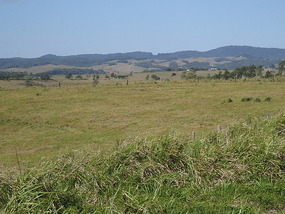
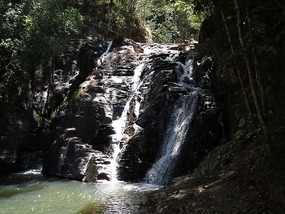
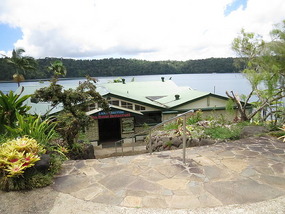
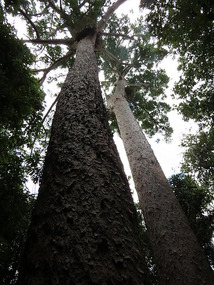
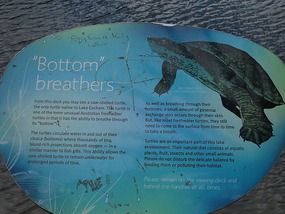

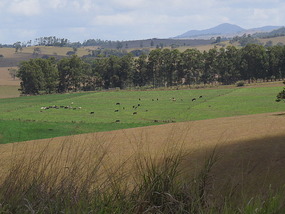
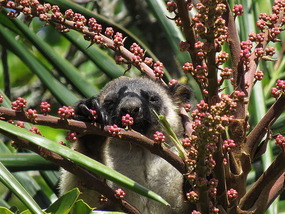

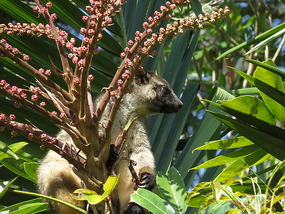
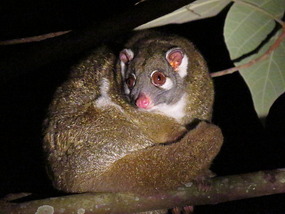
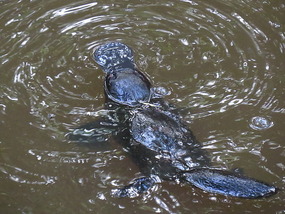
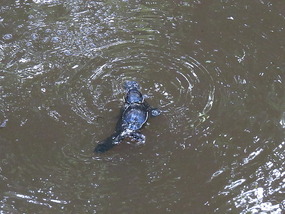
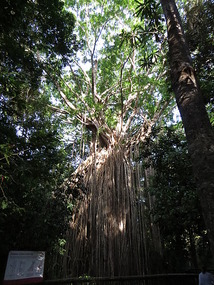
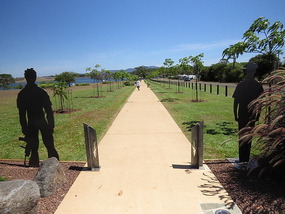

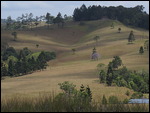
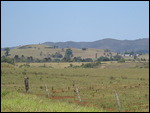
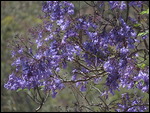
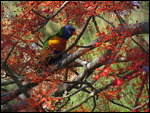
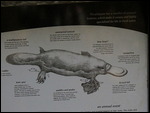
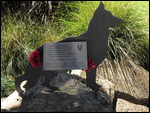
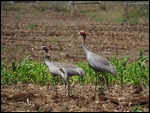

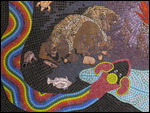
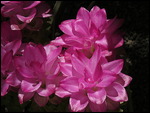
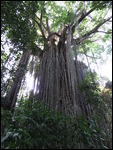
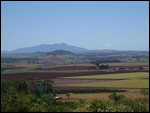
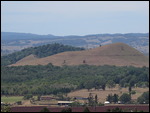

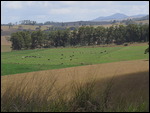
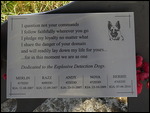
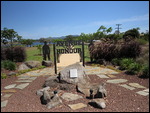
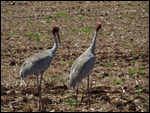
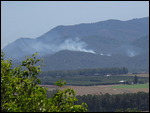
2025-05-23